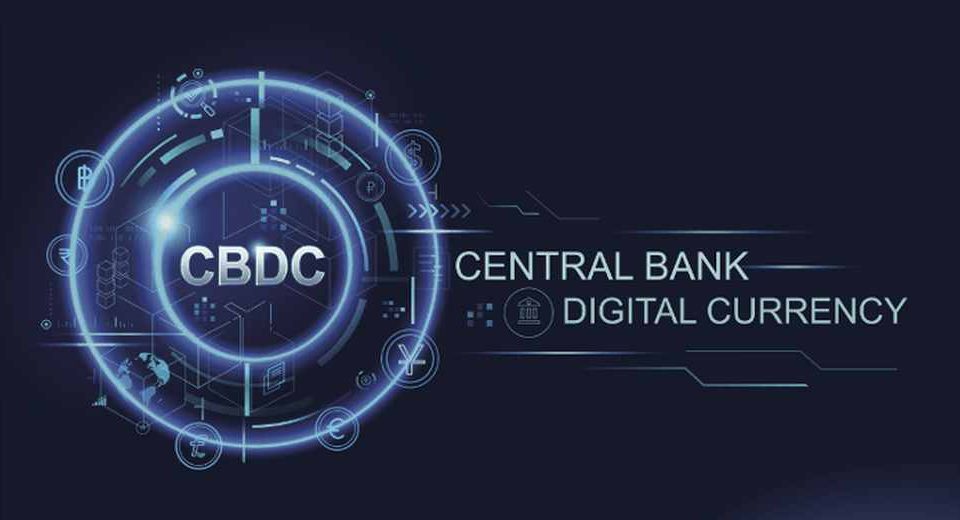New York Federal Reserve and global banking giants Citigroup, Wells Fargo, and Mastercard start a 12-week Digital Dollar pilot

In 2020, we wrote about the US Federal Reserve after the central bank announced a plan to create its own Digital Dollar Wallet in 2021. It was part of the U.S. government’s efforts to launch the U.S. central bank digital currency (CBDC) and maintain the dollar hegemony as a global reserve currency in international payments.
Fast forward two years later, multiple global banking giants including Mastercard, Wells Fargo, and Citigroup have joined forces to start a 12-week digital dollar pilot with the Federal Reserve Bank of New York, the institutions announced on Tuesday.
The 12-week pilot will test how the participating banking institutions using digital dollar tokens in a common database can help speed up payments. In a statement, the New York Federal Reserve said the project, which is called the regulated liability network, will be conducted in a test environment using simulated data, Reuters reported.
Michelle Neal, head of the New York Fed’s market’s group, reported earlier this month that the Fed sees promise in using a central bank digital dollar to speed up settlement time in currency markets.
The announcement is the latest in the list of the world’s central banks that are planning to create their own digital currencies within the next three years. Last year, China’s municipal government announced a plan to hand out $1.5 million in a digital currency test during the Chinese Lunar New Year. As part of the trial testing, Beijing said it will select 50,000 from a pool of applicants to receive a value of 200 yuan, or about $30 each, in digital currency.
The Bank for International Settlements (BIS) also reported that 70 percent of central banks exploring Central Bank Digital Currencies (CBDC).
According to a December 18, 2020 report submitted to Congress by Congressional Research, the U.S. dollar and the euro combined account for 75% of all global financial transactions. China’s central bank is developing a digital currency to try to influence global finance and e-commerce, and diversify from U.S. dollar financing. While such an effort may take time to develop, it could allow China to challenge U.S. sanctions and dollar leadership in certain instances.
So it’s not surprising that the U.S. government is planning to develop its own digital currency to counter the threat posed by China. So in March 2020, the U.S. Senate quietly introduced a bill to create “digital currency accounts administered by the Federal Reserve.“ According to the draft, the bill will require banks to maintain pass-through digital dollar wallets for certain persons, and for other purposes.
The Federal Reserve is not alone. According to a 2020 BIS survey, “about 80% of central banks are working on digital currencies. Many central banks accelerated their work in response to the libra/Diem project. The U.S. Federal Reserve is currently evaluating a potential central bank digital currency, but has not made a final determination.”

